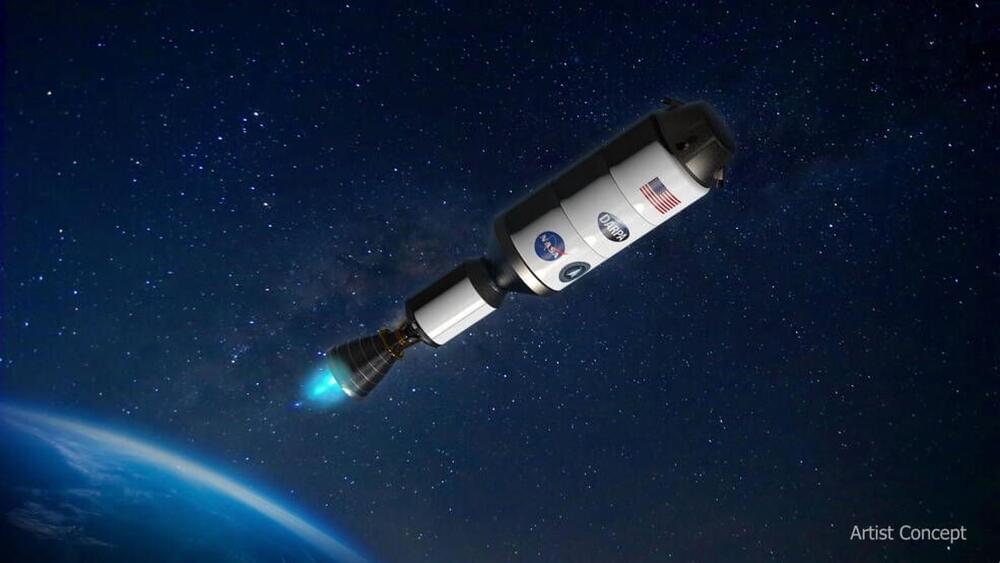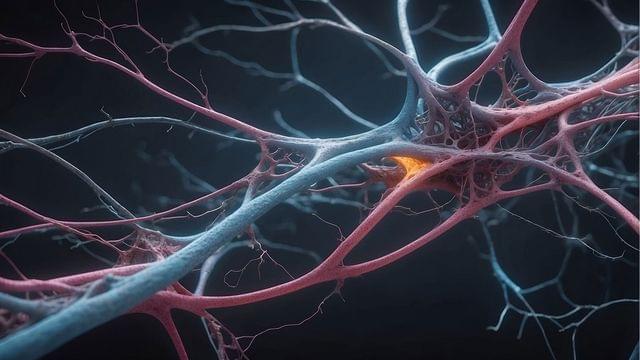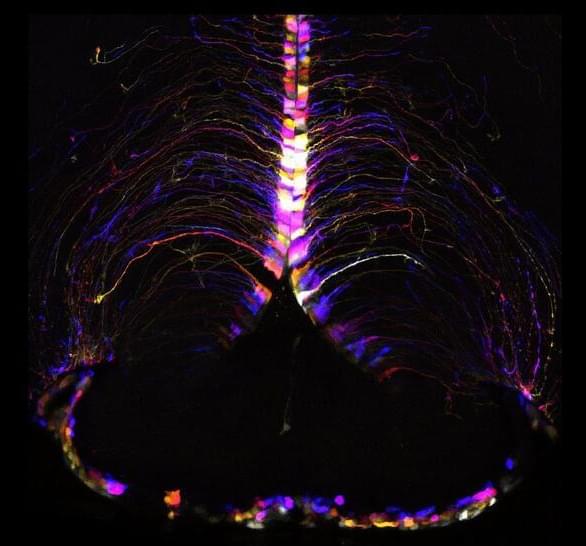The “expansion protocol” would be a lot more invasive than you’d enjoy.
Get the latest international news and world events from around the world.


Donald Cram, Nobel Laureate and UCLA Chemist, Dies at 82
Donald J. Cram, a Nobel Prize-winning chemist who taught andconducted research at UCLA for more than 50 years and is remembered bythousands of undergraduates for singing and playing guitar in class, died ofcancer June 17 at his home in Palm Desert. He was 82.
A renowned scientist who was as comfortable riding the waveswith friends in the San Onofre Surfing Club as he was in his lab at UCLAconstructing complex molecular models, Cram won the Nobel Prize in 1987 and theNational Medal of Science in 1993 for his work in host-guest chemistry, a fieldhe helped to create. In 1998, he wasranked among the 75 most important chemists of the past 75 years byChemical and Engineering News.
“DonaldCram stands alone in the incredible variety, beauty and depth of hisaccomplishments,” read the citation for Cram’s National Medal of Science. “His investigations have helped give thisscience its form and sophistication. Hetruly brought art to science by making his science an art.”

Modified Nanoparticles Cross the Blood–Brain Barrier To Target Neurons
Penn Engineers have modified lipid nanoparticles (LNPs) — the revolutionary technology behind the COVID-19 mRNA vaccines — to not only cross the blood-brain barrier (BBB) but also to target specific types of cells, including neurons. This breakthrough marks a significant step toward potential next-generation treatments for neurological diseases like Alzheimer’s and Parkinson’s.
In a new paper in Nano Letters, the researchers demonstrate how peptides — short strings of amino acids — can serve as precise targeting molecules, enabling LNPs to deliver mRNA specifically to the endothelial cells that line the blood vessels of the brain, as well as neurons.
This represents an important advance in delivering mRNA to the cell types that would be key in treating neurodegenerative diseases; any such treatments will need to ensure that mRNA arrives at the correct location. Previous work by the same researchers proved that LNPs can cross the BBB and deliver mRNA to the brain, but did not attempt to control which cells the LNPs targeted.



The Mysteries of Plant ‘Intelligence’
Scientists are debating whether concepts such as memory, consciousness, and communication can be applied beyond the animal kingdom, Zoë Schlanger wrote in our June 2024 issue.
“Consciousness was once seen as belonging solely to humans and a short list of nonhuman animals that clearly act with intention,” Schlanger wrote in an article adapted from her book, “The Light Eaters: How the Unseen World of Plant Intelligence Offers a New Understanding of Life on Earth.”
“Yet seemingly everywhere researchers look, they are finding that there is more to the inner lives of animals than we ever thought possible. Scientists now talk regularly about animal cognition; they study the behaviors of individual animals, and occasionally ascribe personalities to them. Some scientists now posit that plants should likewise be considered intelligent.”
“Not so long ago, treading even lightly in this domain could upend a scientist’s career,” Schlanger continued. The popular 1973 book “The Secret Life of Plants” included real science, but also featured wildly unscientific projection; many scientists were unable to reproduce its claims, Schlanger wrote, causing a decades-long avoidance of plant-behavior studies.
A decade later, a paper by David Rhoades, a zoologist and chemist at the University of Washington, proposed that trees were communicating with one another to defend against a caterpillar infestation. Rhoades was ridiculed by peers; his discovery ended up buried, even as it opened new lines of inquiry. “Four decades on, the idea that plants might communicate intentionally with one another remains a controversial concept in botany,” Schlanger wrote. Definitions of communication are slippery; intentionality is even harder to show.
The essential question of plant intelligence is “How does something without a brain coordinate a response to stimuli?” Schlanger continued. “How does information about the world get translated into action that benefits the plant? How can the plant sense its world without a centralized place to parse that information?” To learn more, she spoke with scientists studying plant agency, memory, and other avenues of research.

Dasatinib + Quercetin: Longevity Biohacker Kenneth Scott’s Experience
Join us on Patreon! https://www.patreon.com/MichaelLustgartenPhD
Discount Links/Affiliates:
Blood testing (where I get the majority of my labs): https://www.ultalabtests.com/partners/michaellustgarten.
At-Home Metabolomics: https://www.iollo.com?ref=michael-lustgarten.
Use Code: CONQUERAGING At Checkout.
Clearly Filtered Water Filter: https://get.aspr.app/SHoPY
Epigenetic, Telomere Testing: https://trudiagnostic.com/?irclickid=U-s3Ii2r7xyIU-LSYLyQdQ6…M0&irgwc=1
Use Code: CONQUERAGING
NAD+ Quantification: https://www.jinfiniti.com/intracellular-nad-test/

Physicists bend atoms in ‘impossible’ experiment
Entire atoms have been put through a classic quantum experiment for the first time and the breakthrough could lead to better detectors for picking up the gravitational waves that ripple across the universe.
By Alex Wilkins